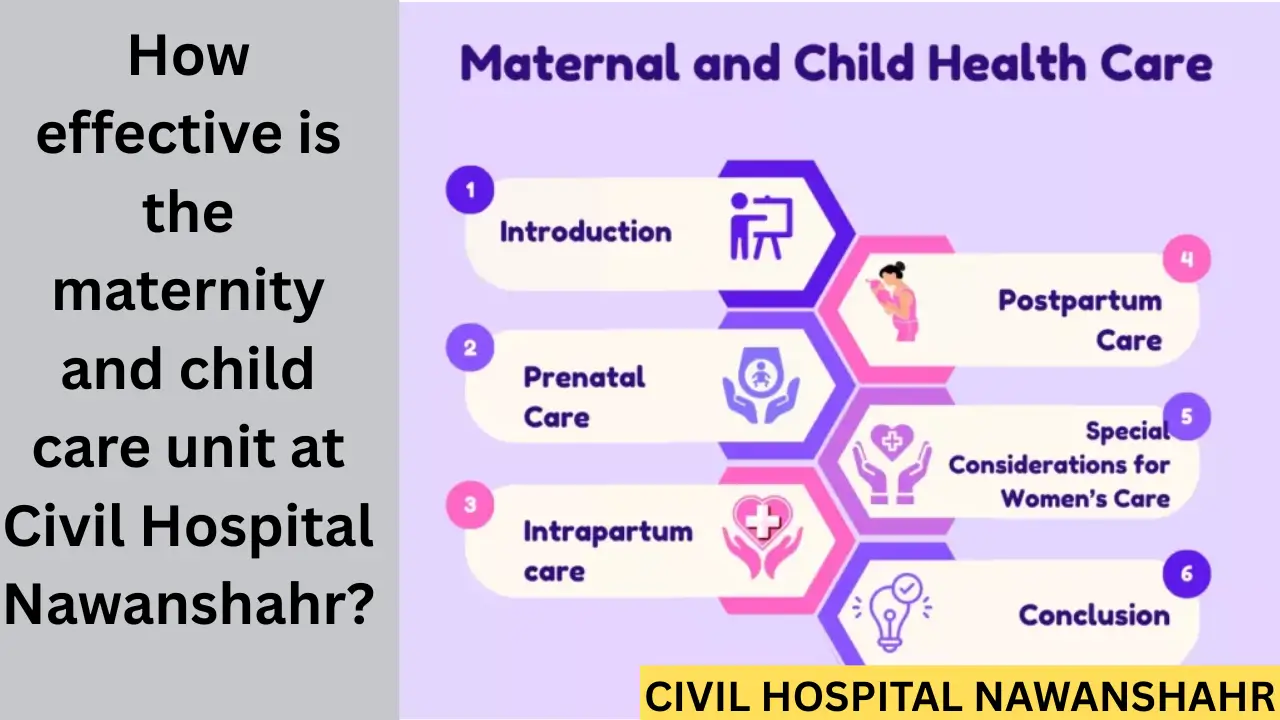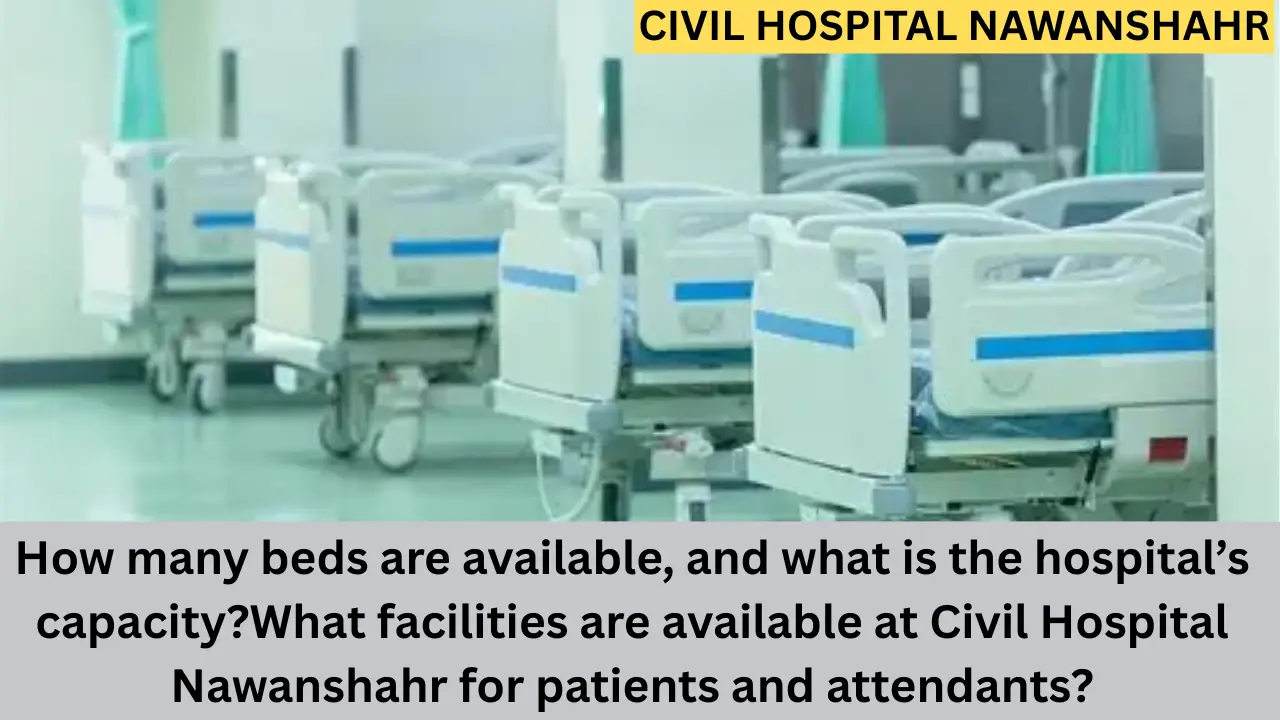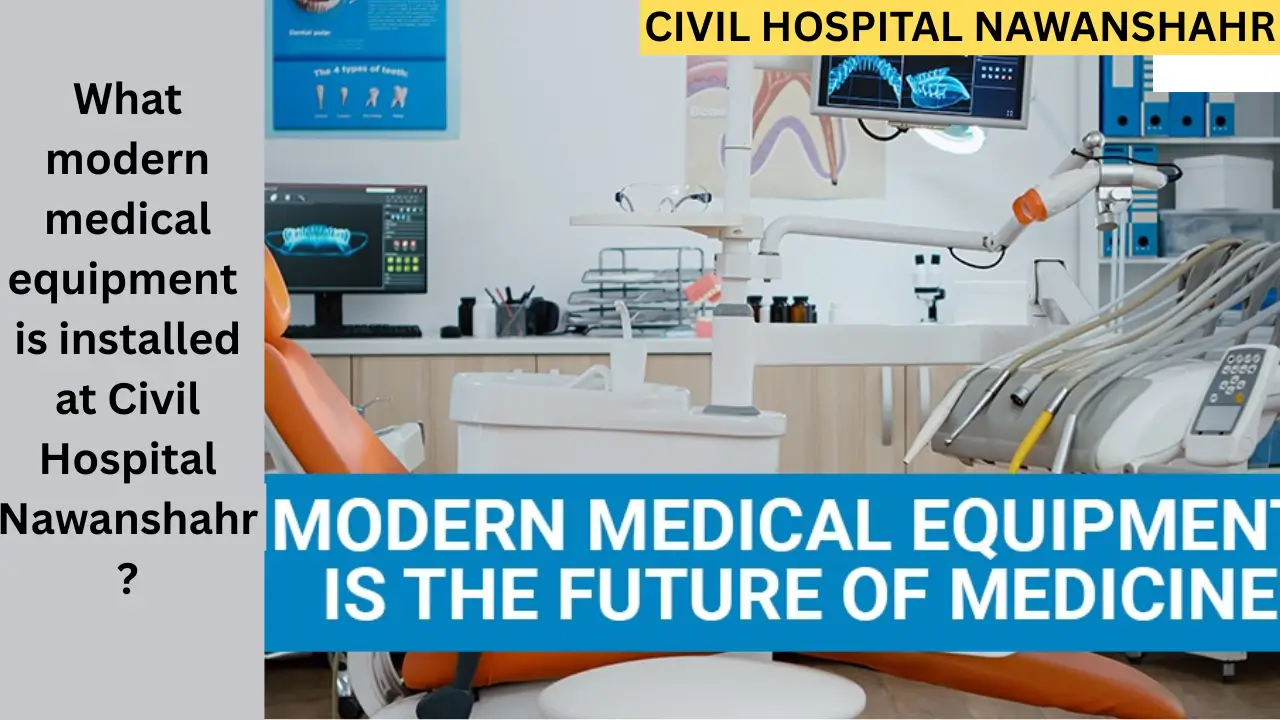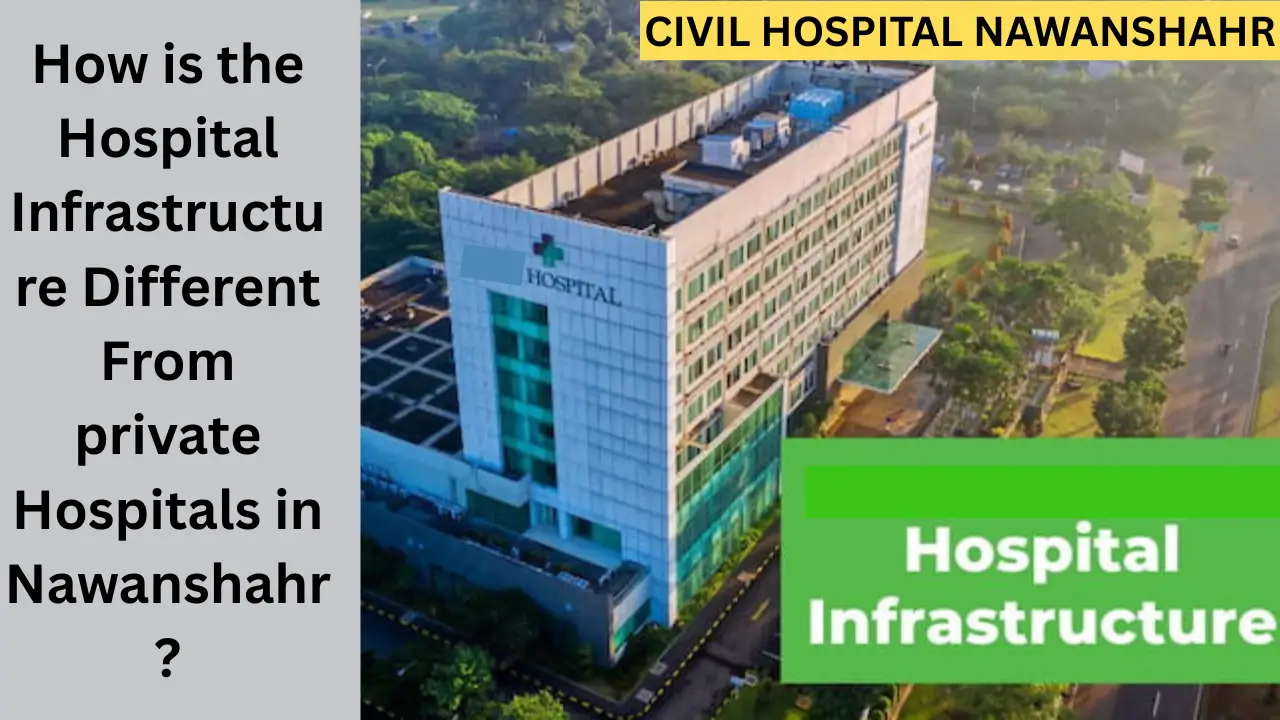The Maternity and Child Care Unit at Civil Hospital Nawanshahr plays a critical role in delivering essential maternal and child healthcare services in the Shaheed Bhagat Singh Nagar district of Punjab, India. With the increasing focus on improving maternal health outcomes, assessing the effectiveness of such units is vital for understanding progress and identifying areas of improvement.
Overview
Civil Hospital Nawanshahr is a principal public healthcare facility providing a range of services, including maternity and child care, to the local population. It serves as an institution for institutional deliveries, antenatal care (ANC), postnatal services, immunizations, and emergency obstetric care, which are fundamental to reducing maternal and infant mortality.
Key Indicators of Effectiveness in the District
| Indicator | Performance at District Level (Shaheed Bhagat Singh Nagar) | Comparison to Punjab State Average |
|---|---|---|
| ANC Registration in First Trimester | 91% | 76% |
| Percentage of Mothers with 4 ANC Visits | 89% | 68% |
| Institutional Deliveries (Public Facilities) | 43% | Not specified |
| C-section Rate in Public Institutions | 21% | 18% |
| Percentage Receiving IFA Tablets | 48.5% | 42% |
| Home Deliveries | 5% | Not specified |
Note: Data reflects figures around 2019-2020 period, which directly impacts the services at Civil Hospital Nawanshahr as a district hospital.
Strengths
- High ANC Registration and Follow-Up: A significant proportion of pregnant women register for ANC early and attend necessary check-ups, indicating effective outreach and antenatal monitoring programs.
- Institutional Delivery Facilities: Civil Hospital Nawanshahr supports institutional deliveries, including a reasonable rate of cesarean sections, which are crucial for managing complicated births.
- Integration with Health Programs: Beneficiary schemes, such as Janani Suraksha Yojana (JSY), are operational, facilitating financial incentives for institutional deliveries and improving healthcare accessibility for pregnant women.
- Emergency Obstetric Care: Availability of emergency obstetric care services at the hospital contributes to improved outcomes during complicated deliveries.
- Infant and Maternal Death Review Committees: Established review committees help monitor and address maternal and infant mortality cases to enhance future care.
Challenges and Areas for Improvement
- Grievance Redressal System: Patients often hesitate to report complaints due to fear of compromised services, indicating a need for a more transparent and accessible grievance mechanism.
- Transport Facilities: While certain home-to-facility transport schemes exist, operationalizing a fully functional and easily accessible patient transport system remains essential to ensure timely hospital visits.
- Health Infrastructure and Manpower: Continuous upgrading and maintaining adequate trained staff are required to handle increasing patient loads and quality maternity care.
- Laboratory Accuracy and Diagnostics: Issues with lab test accuracy and patient referrals have been noted in nearby government health contexts, suggesting vigilance is needed for reliable diagnostics within maternity care.
Patient Satisfaction and Perception
Feedback from the region suggests mixed experiences in government hospitals, with concerns about diagnostic errors and patient referral processes. However, respect for healthcare professionals and access to essential medicines have been appreciated. Cleanliness and hygiene standards at Civil Hospital Nawanshahr are generally good, which contributes positively to patient confidence.
Latest Updates and Initiatives
- Streamlining of JSY payments directly into bank accounts of beneficiaries and ASHAs has improved timeliness and accountability.
- Increased awareness among ANMs and ASHA workers about infant and maternal death reporting has enhanced monitoring and response systems.
- Continuous efforts are underway to improve ANC services, including supplementation and institutional delivery rates aligned with district goals.
Summary Table: Overall Effectiveness Factors
| Factor | Status at Civil Hospital Nawanshahr | Impact |
|---|---|---|
| Antenatal Care Registration | High (91% first trimester) | Early risk detection and prevention |
| Institutional Deliveries | Moderate (43% at public facilities district-wise) | Safer childbirth environment |
| Emergency Obstetric Services | Available | Managing high-risk deliveries |
| Patient Transport Facility | Limited and needs enhancement | Timeliness in emergency response |
| Grievance Redressal | Poor | Limited patient feedback loop |
| Infrastructure and Staff | Adequate but requires regular upgrading | Sustained quality care |
| Financial Incentives (JSY) | Streamlined payments | Improved care accessibility |
| Maternal and Infant Death Review | Established | Better monitoring of outcomes |
Conclusion
The maternity and child care unit at Civil Hospital Nawanshahr shows a good level of effectiveness in managing antenatal care, institutional deliveries, and emergency obstetric care within the district healthcare system. Success in early ANC registration and reasonable institutional delivery rates indicates progress towards safer motherhood. Nevertheless, focusing on improving transport facilities, patient grievance mechanisms, lab accuracy, and continuous infrastructure and staff development are essential to further enhance service quality and patient outcomes.
By addressing these challenges and building on existing strengths, Civil Hospital Nawanshahr can become a model maternity and child care facility delivering comprehensive, efficient, and patient-centered maternal and child healthcare services.


















